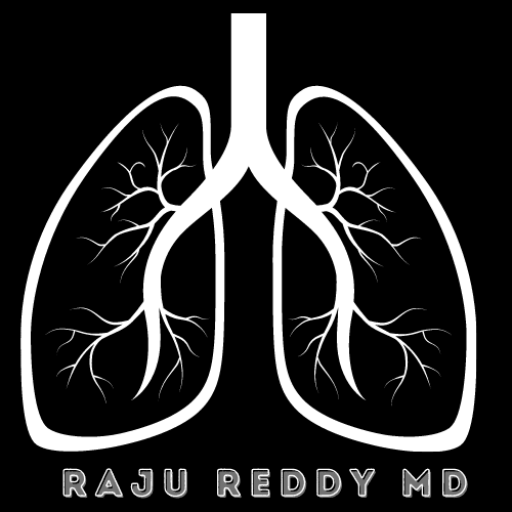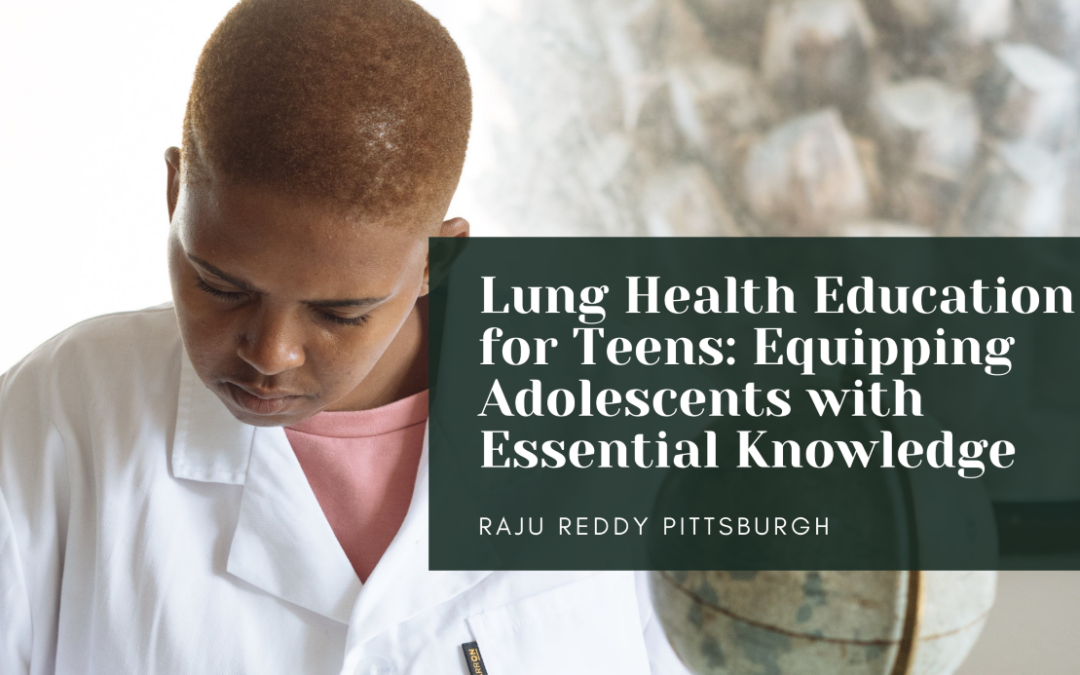The teenage years are a critical time for building lifelong habits, and prioritizing lung health education is crucial. This blog post explores the importance of equipping adolescents with essential knowledge about lung health, offering insights and strategies to empower teens in making informed choices for their respiratory well-being. Reputable sources back all information to ensure accuracy and reliability.
Understanding the Adolescent Respiratory System:
- Physiological Changes:
Health education for teens should include information about the physiological changes in the respiratory system during adolescence. Understanding these changes helps teens appreciate the importance of caring for their developing lungs.
- Impact of Smoking and Vaping:
Adolescents are often exposed to peer pressure and marketing tactics promoting smoking and vaping. Lung health education should emphasize the detrimental effects of these behaviors on respiratory function, including an increased risk of respiratory diseases.
Comprehensive Health Education for Teens:
- Incorporating Respiratory Health in School Curricula:
Schools play a vital role in shaping the health behaviors of teenagers. Integrating comprehensive respiratory health education into school curricula ensures that all teens receive fundamental knowledge about the importance of lung health.
- Interactive Learning Modules:
Engaging teens through interactive learning modules can enhance their understanding of lung health. Online platforms or apps that simulate lung function or showcase the impact of smoking and vaping provide a dynamic and memorable educational experience.
Addressing the Dangers of Smoking and Vaping:
- Interactive Workshops and Presentations:
Schools can organize interactive workshops or presentations by healthcare professionals to familiarize teens with the dangers of smoking and vaping. Real-life stories and visual aids can make the information more impactful..
- Peer-Led Initiatives:
Utilizing peer-led initiatives within schools can create a positive influence on teens. Empowering older students to educate their peers about the dangers of smoking and the benefits of lung health fosters a sense of community and responsibility.
Encouraging Healthy Lifestyle Choices:
- Promoting Physical Activity:
Integrating information about the relationship between physical activity and lung health encourages teens to adopt active lifestyles. Physical education classes can emphasize the positive impact of exercise on respiratory function.
- Creating Smoke-Free Environments:
Health education should emphasize the importance of creating and maintaining smoke-free environments. Teens can advocate for smoke-free spaces within their schools and communities.
Conclusion:
Lung health education for teens is a powerful tool in shaping future generations of health-conscious individuals. By providing comprehensive and engaging information about the adolescent respiratory system, the dangers of smoking and vaping, and the benefits of a healthy lifestyle, educators and healthcare professionals can empower teens to make informed choices that positively impact their respiratory well-being.


